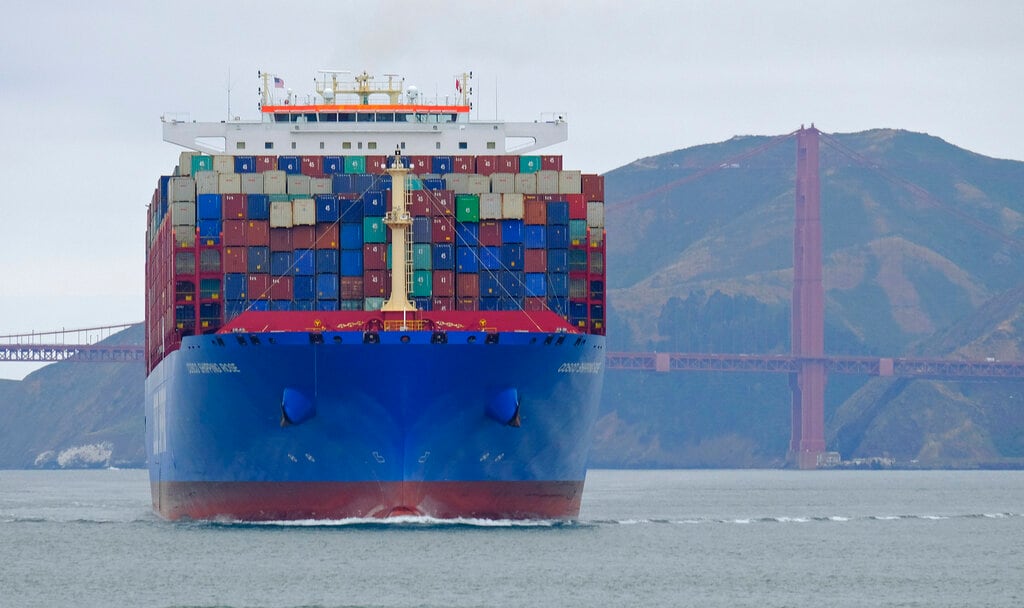This week, the Senate Foreign Relations Committee drafted the Strategic Competition Act of 2021, the goal of which is to counter China’s expanding global influence. In particular, the draft measure mandates diplomatic and strategic initiatives to offset China’s technological development and associated military modernization efforts.
Consistent with earlier initiatives and ongoing regulatory efforts, export controls figure prominently in the act’s details. One noteworthy provision included reference to a Cold War-era organization to coordinate controls among key technology providers: “The United States should explore the value of establishing a body akin to the Coordinating Committee for Multilateral Export Controls (COCOM) that would specifically coordinate the export of United States and European Union sensitive technologies to the People’s Republic of China.”
Resuscitating COCOM is not a good idea.
Established in 1949 as an economic adjunct of NATO, COCOM was organized to ensure that trade with the Soviet Union and its allies did not enable the Soviet bloc to gain access to militarily relevant technology by coordinating the export control policies of the member countries. COCOM decisions were made collectively and unanimously. Because COCOM had no official treaty status, member countries were left to enact legislation consistent with the COCOM’s goals at their discretion and provide for its enforcement unilaterally.
Although a voluntary, informal organization, COCOM did have a way to make collective decisions regarding specific strategic exports to communist bloc countries — a function absent from the current multilateral export control regimes. Through the COCOM Secretariat based in Paris, France, COCOM members could veto proposed exports.
As a refinement to COCOM and in response to Chinese involvement in the Korean War, the United States petitioned for the creation of a separate committee, CHINCOM, to multilaterally control exports to communist China in 1952. Export controls by CHINCOM were considerably more restrictive and the corresponding lists more expansive than controls by COCOM (i.e., than controls over the Soviet bloc), which became known as the “China Differential.” In 1957, CHINCOM was formally incorporated into COCOM.
RELATED

CHINCOM was never an easy sell. The British were reluctant to enforce stringent controls on industrial goods exports to Hong Kong for fear of diversion to the mainland. Japan, originally excluded from COCOM, was pushed into CHINCOM by the supreme commander for the allied powers, despite a growing trade relationship. Other European allies argued that the “China Differential” was pointless given the primitive state of the then-Chinese economy and the further hampered European effort to rebuild local economies through trade. These arguments would also be applied to COCOM throughout the Cold War.
COCOM endured, allied griping notwithstanding, until 1993, when it was transformed into the Wassenaar Arrangement. Unlike COCOM, Wassenaar does not have veto power over proposed exports, includes former targets as members and is not aimed explicitly at country targets. Wassenaar is the most likely repository of “emerging technologies,” the listing of which requires unanimous consent from disparate members like Russia; but it has endured and evolved to become the de facto multilateral export control regime for advanced military items and technologies.
The Strategic Competition Act of 2021 calls for an exploration of the value of creating a body akin to COCOM that would coordinate export control policy of the U.S. and the EU vis-a-vis China. Do we really need yet another “body,” one we collectively buried at the end of the last Cold War? Should we really omit inclusion of India, Japan, South Korea and other high-technology economies in a new technology denial regime? What would the new COCOM control beyond technologies already covered by Wassenaar or other regimes? How would the U.S. manage the various economic and security perceptions of China among proposed members?
Further, how would China respond to being targeted, as it had been in the past, by a new technology denial regime?
COCOM was a vehicle of the Cold War and was predicated on a largely unanimous threat perception among participants. Wassenaar endures, in part, because it is not similarly focused. The value proposition of a new COCOM is nil, as it is both retrograde and needlessly duplicative.
To the extent that Wassenaar cannot address U.S. national security objectives regarding technology trade, then, as others have recently suggested, the U.S. can pursue plurilateral arrangements, particularly over chokepoint technologies such as semiconductors.
Scott Jones is a nonresident fellow with the Trade, Technology, and Security program at the Stimson Center.








